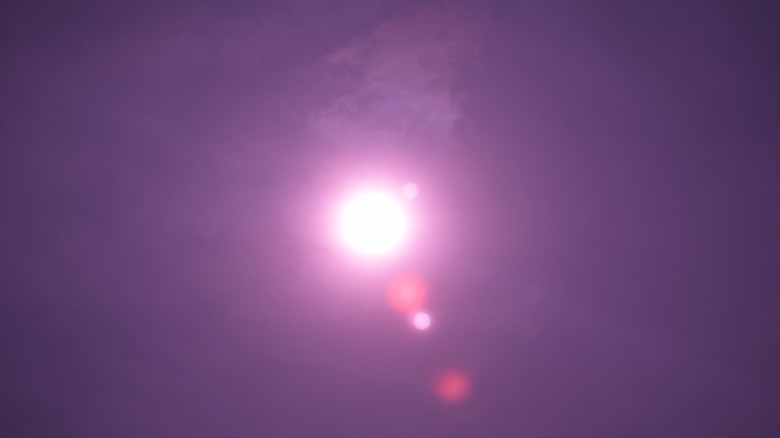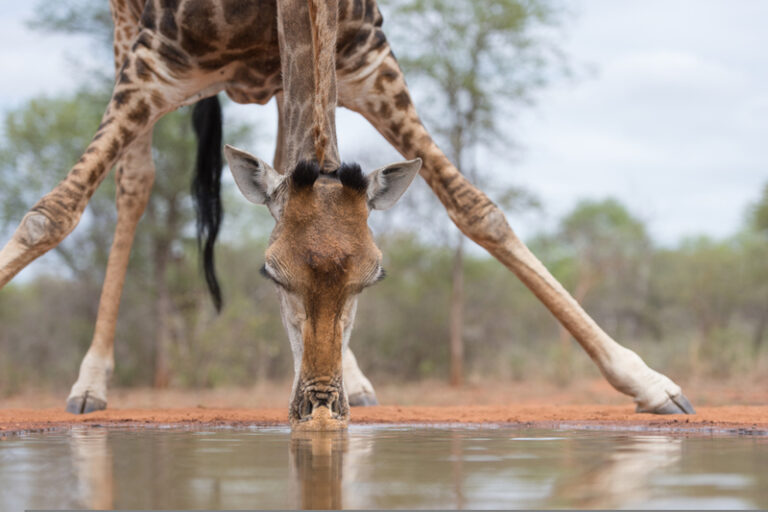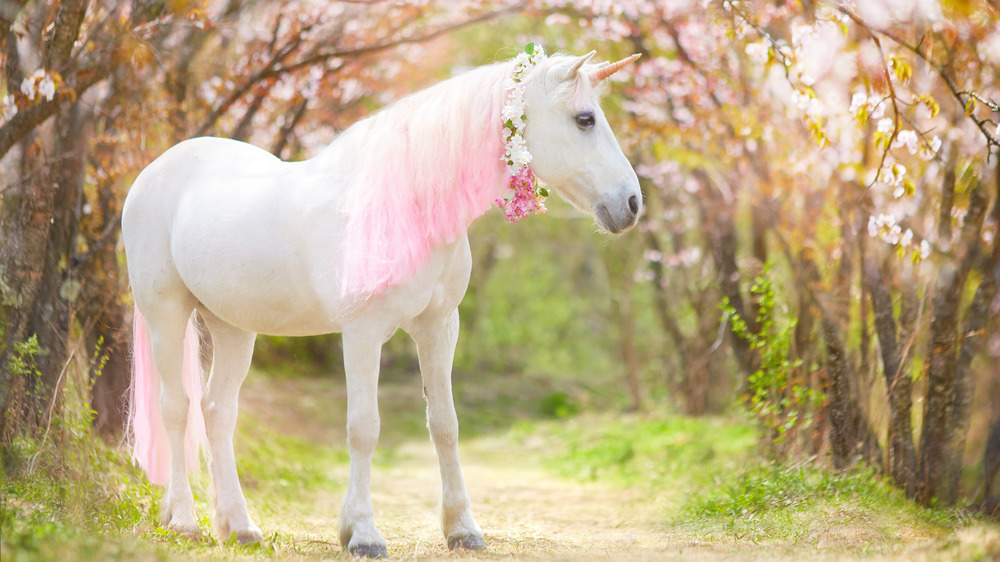
The Truth About The Longest Living Stars In The Milky Way
Stars are incomprehensibly big, and there is an incomprehensibly big number of them in our universe. To make matters even harder for the human mind to grasp, the oldest stars are also the most common: red dwarfs (via Space). Red dwarfs litter the universe but don’t appear in the night sky as they’re too dim to see with the naked eye, despite the fact that 20 out of the 30 closest stars to Earth are red dwarfs.
There is no exact definition for a red dwarf. Rather, it applies to a range of star types that are on the cooler side (relatively speaking) and at the dwarf stage of a star’s lifespan. This includes brown dwarfs, which are “failed” stars that do not maintain hydrogen production in their cores. As some of the smallest stars, they are about half the mass of our Sun at their largest and less than a tenth at their smallest. Their small size means they burn less intensely, and the cooler temperature means they burn hydrogen more slowly. This gives the little stars the longest lifespan out of any celestial body.
Red dwarfs prevent themselves from becoming red giants
In their main sequence, red dwarfs have a lifespan of 100 billion years. Their total lifespan is in the trillions, compared to the 10-billion lifespan of sun-like stars (via Swinburne). They are completely convective, meaning that energy cooked up from a red dwarf core is sent to the surface, where it cools down before returning to the center. This means that no helium builds up in a red dwarf’s core — a requirement for the red giant phase that our sun will go through billions of years in the future. Instead, once the hydrogen runs out, the star collapses on itself and becomes a white dwarf.
Red dwarfs are hard to distinguish from brown dwarfs, which never reach the fusion stage and aren’t considered stars at all. The main way scientists distinguish between the two is by measuring their atmospheres. Finding certain temperatures or chemicals is key in determining their classification. And determining which dim stars are red dwarfs is important as they can be used to locate hospitable planets. Notably, smaller, Earth-size planets can orbit them at close distances and still support organic life. Indeed, the next step in the search for alien life may be in the hands of a red dwarf star.

The Mythology Of Balder Explained

Here's How Intense Putin's Private Security Is

What Life Was Like As A Wigmaker In The Colonial Era

Inside The CIA's Horrific Sleep Deprivation Chambers

Surprising Details Found In Michael Jackson's Autopsy Report

The Truth About Antarctica's Snow Chimneys

Here's How Much Your Old Beanie Babies Could Be Worth Now

The Weird History Of Oil Wrestling

The Truth About The Musical Stephen King Wrote With John Mellencamp

Here's What You Don't Know About Japan's Adorable Flying Squirrels























